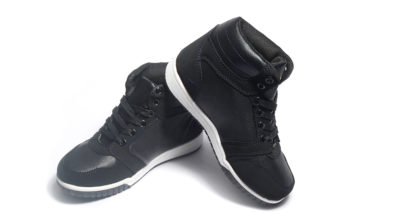
What Really Matters
Students read Those Shoes and identify things that get in the way of expressing gratitude.

Students read Those Shoes and identify things that get in the way of expressing gratitude.
Students will:
Take a moment to think about a time when it was difficult to be kind to someone, but you did it anyway. What made this difficult? How were you able to deal with the difficulty and still act kindly? How did the person respond to your kindness? Did their response change how you felt?
“Nurturing Gratitude From the Inside Out: 30 Activities for Grades K–8” was originally developed by The Inner Resilience Program, in partnership with the Greater Good Science Center and the John Templeton Foundation.
For the entire curriculum, click here.
Do you notice if students are practicing gratitude or discussing acts of kindness more often after doing this practice?
Science has also shown that young children receive a boost in positive emotions when giving away something of their own to another.
For example, in one study toddlers were introduced to a puppet that liked treats. Each child was given eight treats for him/herself and then watched the experimenter give a treat to the puppet. After being asked, children gave one of their own treats to the puppet. Next, the experimenter found a treat and asked the child to give it to the puppet. Researchers found that while the children’s happiness levels increased when they shared a “found” treat, happiness levels were even higher when the children sacrificed their own treat.
Students who experience greater positive emotions tend to put in more effort to overcome obstacles, engage in classroom activities more, and be less stressed at school. In addition, positive mental health in childhood is linked to educational achievement and professional success later in life.

Do you want to dive deeper into the science behind our GGIE practices? Enroll in one of our online courses for educators!
Comments